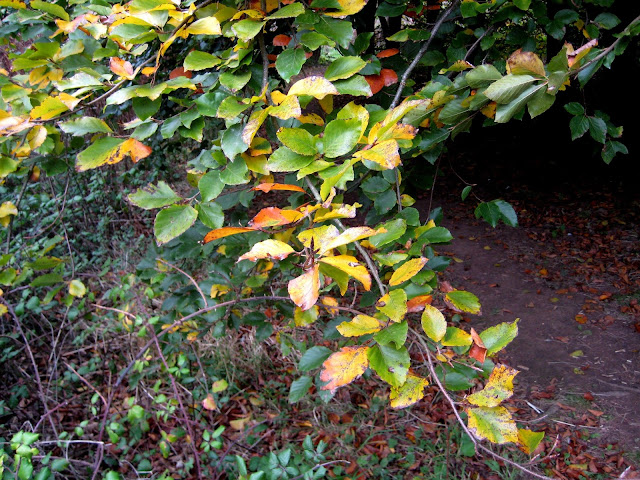A commonly heard sound at this time of year, often mistaken for a bird, is the call of a squirrel. It's a sort of Donald Duck barking. I'm not sure if it is squirrels talking to each other or maybe a warning that a predator is about, but it does sound a bit cross. Have a listen to this youtube video.
Squirrel barking and squeaking by Paula Chambers
This is the grey squirrel. Although they can be very entertaining to watch some people hate them. This may be because they damage trees (particularly sycamore and beech), eat birds eggs, plunder bird tables, or eat through electric cables.
Unfortunately their introduction from North America coincided with the decline of the British red squirrel, now confined to only a few sites in Britain. The grey squirrels are more robust and adaptable and can, for example, feast on acorns and hazel nuts before they are ripe. They make better use of the available food supplies and so the reds are ousted.
They also carry a disease, the parapox virus which doesn't kill them but which can kill red squirrels. The two species cannot exist together.
In the Isle of Wight, Anglesey, Brownsea Island, Cornwall, Northern England and Scotland there are programmes to help the red squirrel survive. This of course involves managing (i.e. killing) grey squirrels. Fair enough. But in the Filnore Woods area we have no reds.
Some people justify their dislike of the greys by saying they are 'American', They're not Donald Trump, you know! Most Americans are just as nice as us!
Well I rather like grey squirrels in spite of their faults. If only there was a reliable predator to keep their numbers in check.
Red squirrels were also persecuted as pests when they were plentiful, before those greys arrived.
We just don't like successful plants (weeds) or successful animals (pests), do we.























